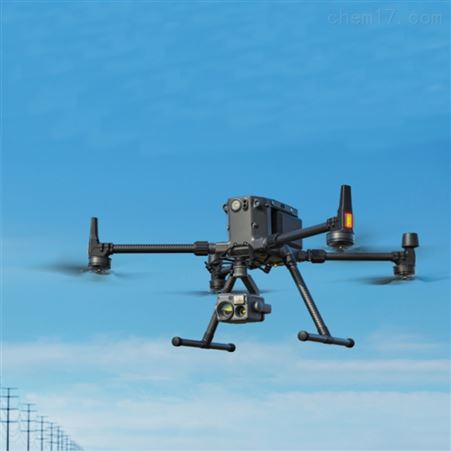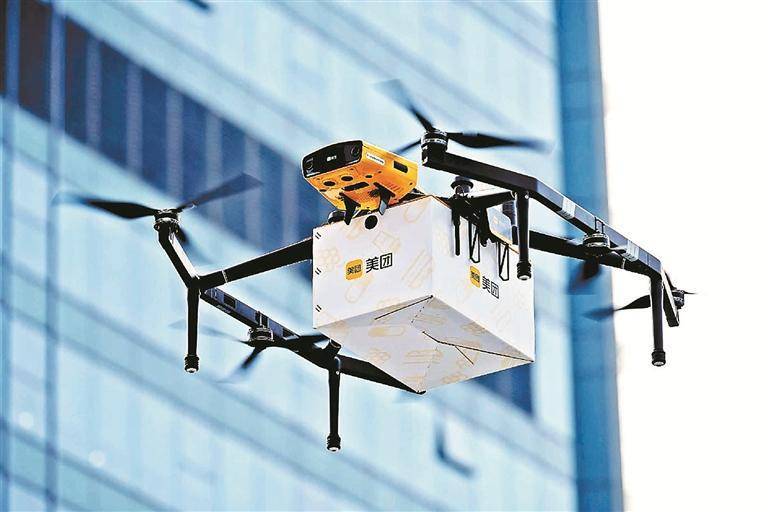In recent years, drones have swiftly become a focal point of technology and innovation across the United States. With their ability to capture aerial visuals, monitor activities, and even deliver packages, the use of drone technology is rapidly expanding. As drones soar above the United States, they bring both promising advancements and complex challenges.
Technological Advancements

The era of unmanned aerial systems, commonly known as drones, has revolutionized various sectors. Utilizing cutting-edge technology, drones provide valuable data in areas such as agriculture, surveillance, and environmental monitoring. Their presence in the U.S. skies is transforming how industries operate and deliver services.
Agriculture and Environmental Monitoring
Drones have brought efficiency to farming practices—giving farmers the ability to survey crops, map their lands, and even apply treatments with unprecedented precision. Environmentalists are utilizing drones for conservation efforts, tracking wildlife, and measuring natural habitats to inform policies and sustainable practices. The versatile applications of drones over United States landscapes are reshaping these sectors.
Security and Surveillance
Enhancing security frameworks, drones offer new dimensions for surveillance and reconnaissance. Law enforcement agencies utilize drones to monitor events, collect evidence, and engage in search and rescue operations. The overhead presence of drones in U.S. airspace bolsters safety measures while enforcing privacy concerns that remain under scrutiny.
Regulatory Challenges
The expansion of drone usage across the United States demands prudent regulatory measures. Policymakers strive to balance innovation with safety, privacy, and airspace management. The Federal Aviation Administration (FAA) continuously updates drone regulations to ensure safe integration into national airspace. Factors such as commercial licensing, no-fly zones, and airspace restrictions are part of ongoing discussions among stakeholders.
- Privacy Concerns: The ability of drones to capture detailed images and videos raises significant privacy issues. The debate focuses on the acceptable limits of surveillance and individual rights.
- Safety and Air Traffic: As drones proliferate, maintaining airspace safety becomes paramount. Coordinating drone flights with manned aircraft to prevent collisions is a crucial aspect of operational regulation.
Innovative Applications
While drones contribute to traditional sectors, they continually open doors to innovation and new markets. Companies explore drone usage for aerial photography, filmmaking, and entertainment. Retail giants harness drones to revolutionize delivery services, offering speedy, efficient delivery processes.
Startups and established businesses alike recognize the untapped potential of drones—transforming the way products and services are perceived and accessed.
FAQs
What are the potential risks associated with drones?
Despite their benefits, drones pose risks including privacy invasion, airspace congestion, and potential misuse if not adequately regulated.
How can drones improve emergency response?
Drones aid emergency response teams by providing aerial surveys, rapid coverage of disaster areas, and delivering critical supplies to isolated regions.
Will drones replace traditional delivery methods?
While drones offer exciting delivery opportunities, they may complement rather than entirely replace traditional methods, particularly in large-scale logistics.